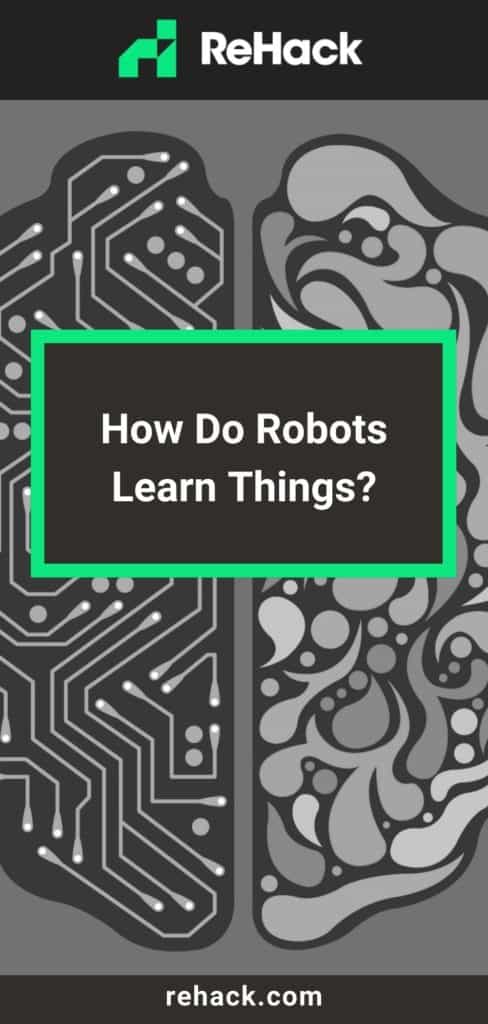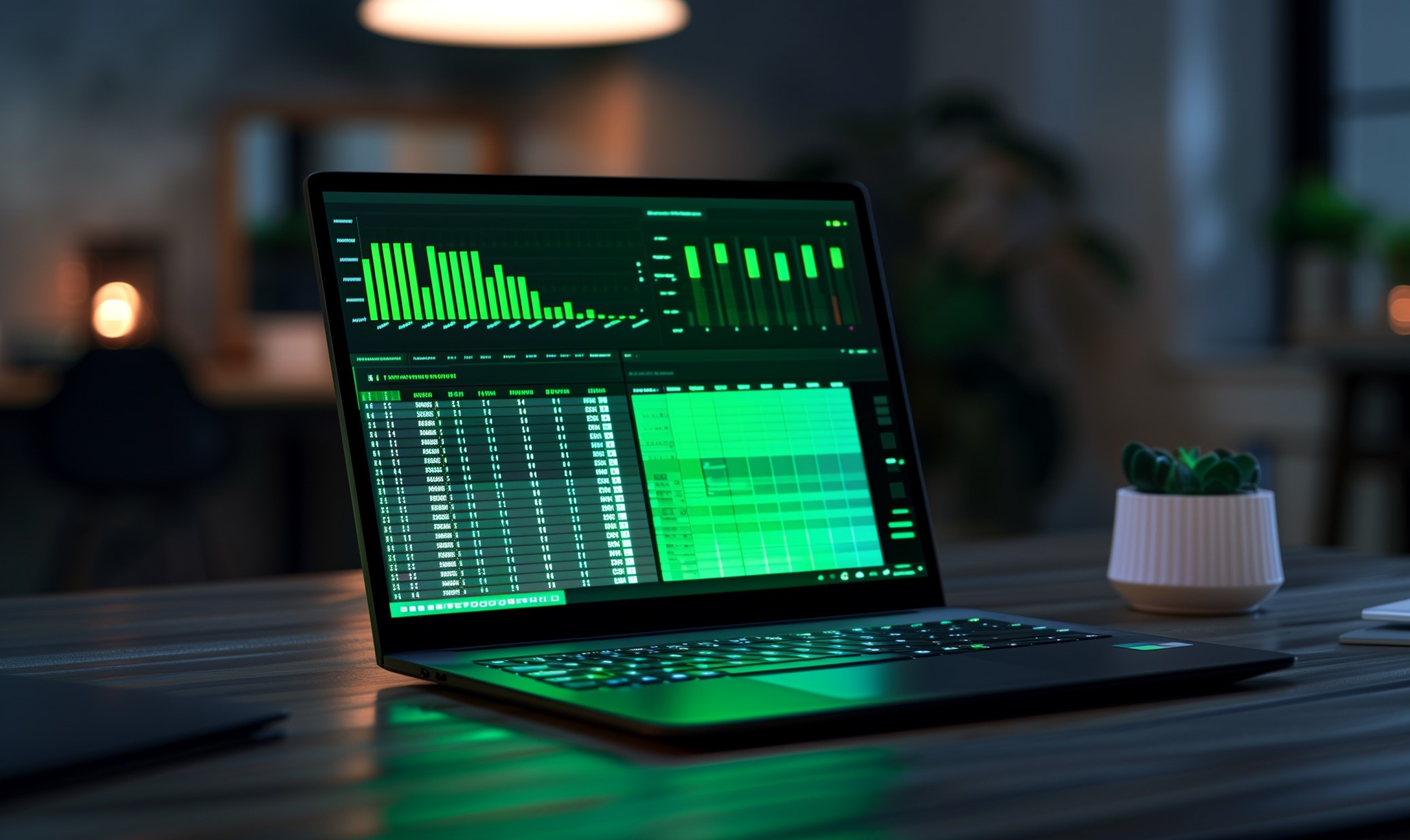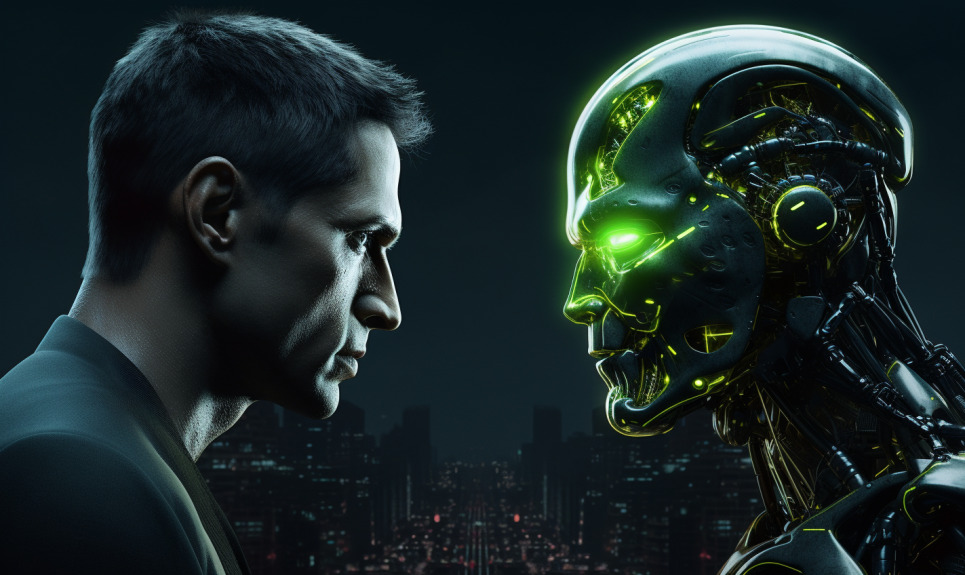If you’ve spent any time reading about robots, you’ve probably heard of machine learning. Machine learning improves your search results and makes your smart speaker a more helpful tool, but how does it work? How do robots learn things?
Researchers have been trying to make robots more like us for nearly as long as robots have been around. While we don’t have perfect humanoid robots yet, we do have ones that can learn. Not only that, but robots learn things similarly to how humans do.
Think about how you learn new things. You read about them or you learn from experience through trial and error. Similarly, you can split robot learning into two broad categories: learning from data and learning from interaction.
Learning from Data
Analyzing datasets is a cornerstone of AI in general, so it’s a considerable part of how robots learn things. This process is what most people are referring to when they mention “machine learning.” Just like how you can learn from reading, robots can learn from “reading” data.
With this kind of learning, robots look at massive pools of data to find patterns. They can then use what they learn from these connections to improve their ability to find new ones. You can see this kind of learning in the robots you have around your house, like virtual assistants.
If you’ve used a digital assistant for a while, you’ve probably noticed how they get more useful over time. As you keep talking to them, they get better at providing you with the information you want. You can also see this in Netflix’s recommendations or in your Google search results.
A lot of human intervention takes place beforehand for robots to remember things this way. Researchers train these machine learning systems on example data sets until they’re confident the robots are learning correctly. After all this practice, though, these robots can be fairly self-sufficient in their education.
Learning from Interaction
Learning from data works wonders in robots that work mostly with data. What about bots that move around and work with physical objects, though? Data certainly helps these robots understand things, but they also need real-world interaction.
The physical world is full of variables, and robots have to learn to deal with these. By attempting a task over and over under different circumstances, they can learn to counteract all these obstacles. Researchers have found that this process is most effective when they can observe humans do the same things.
You can learn a lot by watching someone do something, and the same is true of robots. When they can see humans performing a task, it gives them a head start on learning to do it themselves. They can learn a lot faster when they know what the correct outcome looks like.
Just like with people and animals, robots understand even more when there’s a reinforcement system. Operant conditioning teaches people and animals through reinforcing correct behavior and penalizing incorrect behavior. Researchers have applied the same process to robots, in a popular machine learning technique called “reinforcement learning.”
A Learning Robot Is a Useful Robot
The first step in making intelligent, self-improving robots is teaching them to learn. As researchers find new methods of approaching how robots remember things, they’ll improve exponentially. When they can learn, they make themselves more useful, as you can see in the robots we already have.
The world may not have fully intelligent robots like C-3PO yet, but learning is a start. Through analyzing data sets, observing people and reinforcement training, robots can learn quite a bit. As they keep learning, it may not be long before robots are as smart as we are.

Recent Stories
Follow Us On
Get the latest tech stories and news in seconds!
Sign up for our newsletter below to receive updates about technology trends














